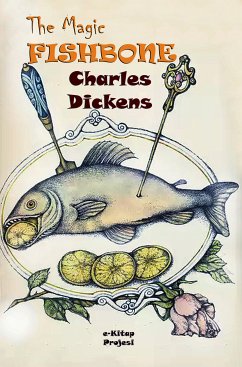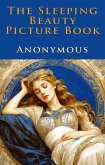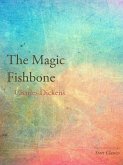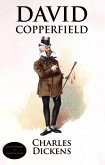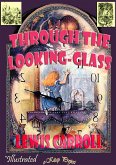"Holiday Romance" was published in book form by Messrs Chapman & Hall in 1874, with "Edwin Drood" and other stories. For this reprint the text of the story as it appeared in "All the Year Round" has been followed.
There was once a King, and he had a Queen; and he was the manliest of his sex, and she was the loveliest of hers. The King was, in his private profession, Under Government. The Queen's father had been a medical man out of town.
They had nineteen children, and were always having more. Seventeen of these children took care of the baby; and Alicia, the eldest, took care of them all. Their ages varied from seven years to seven months. Let us now resume our story.
One day the King was going to the office, when he stopped at the fishmonger's to buy a pound and a half of salmon not too near the tail, which the Queen (who was a careful housekeeper) had requested him to send home. Mr Pickles, the fishmonger, said, "Certainly, sir, is there any other article, Good-morning." The King went on towards the office in a melancholy mood, for quarter day was such a long way off, and several of the dear children were growing out of their clothes. He had not proceeded far, when Mr Pickles's errand-boy came running after him, and said, "Sir, you didn't notice the old lady in our shop."
"What old lady?" enquired the King. "I saw none." Now, the King had not seen any old lady, because this old lady had been invisible to him, though visible to Mr Pickles's boy. Probably because he messed and splashed the water about to that degree, and flopped the pairs of soles down in that violent manner, that, if she had not been visible to him, he would have spoilt her clothes.
Dieser Download kann aus rechtlichen Gründen nur mit Rechnungsadresse in A, B, BG, CY, CZ, D, DK, EW, E, FIN, F, GR, H, IRL, I, LT, L, LR, M, NL, PL, P, R, S, SLO, SK ausgeliefert werden.

